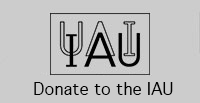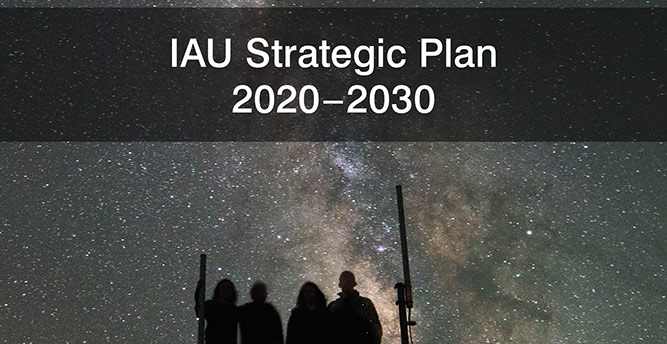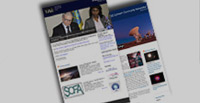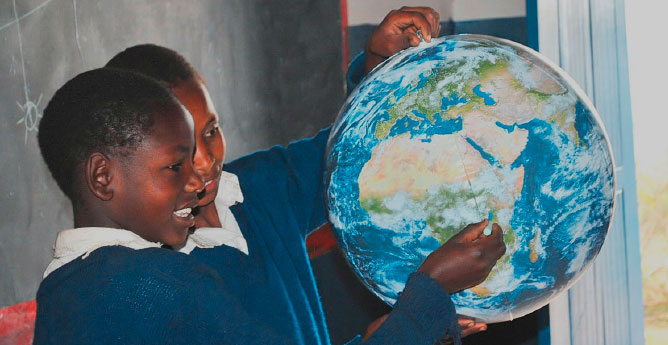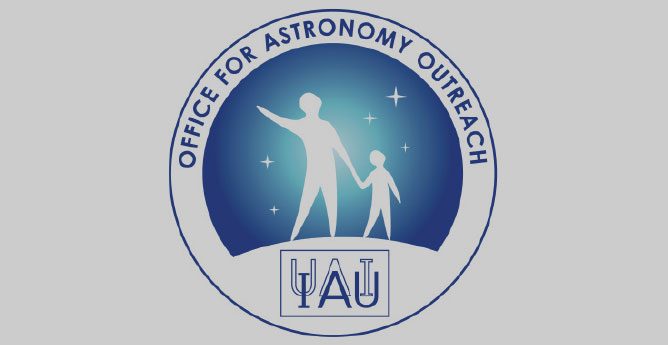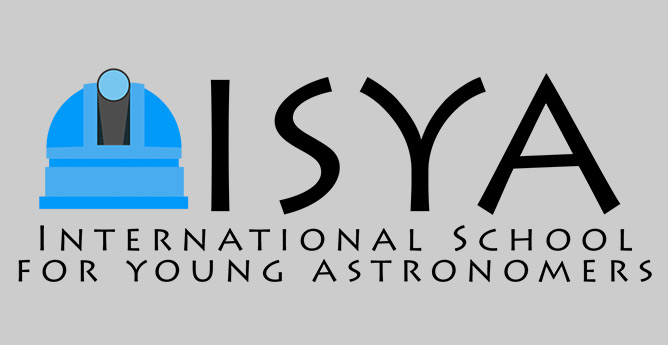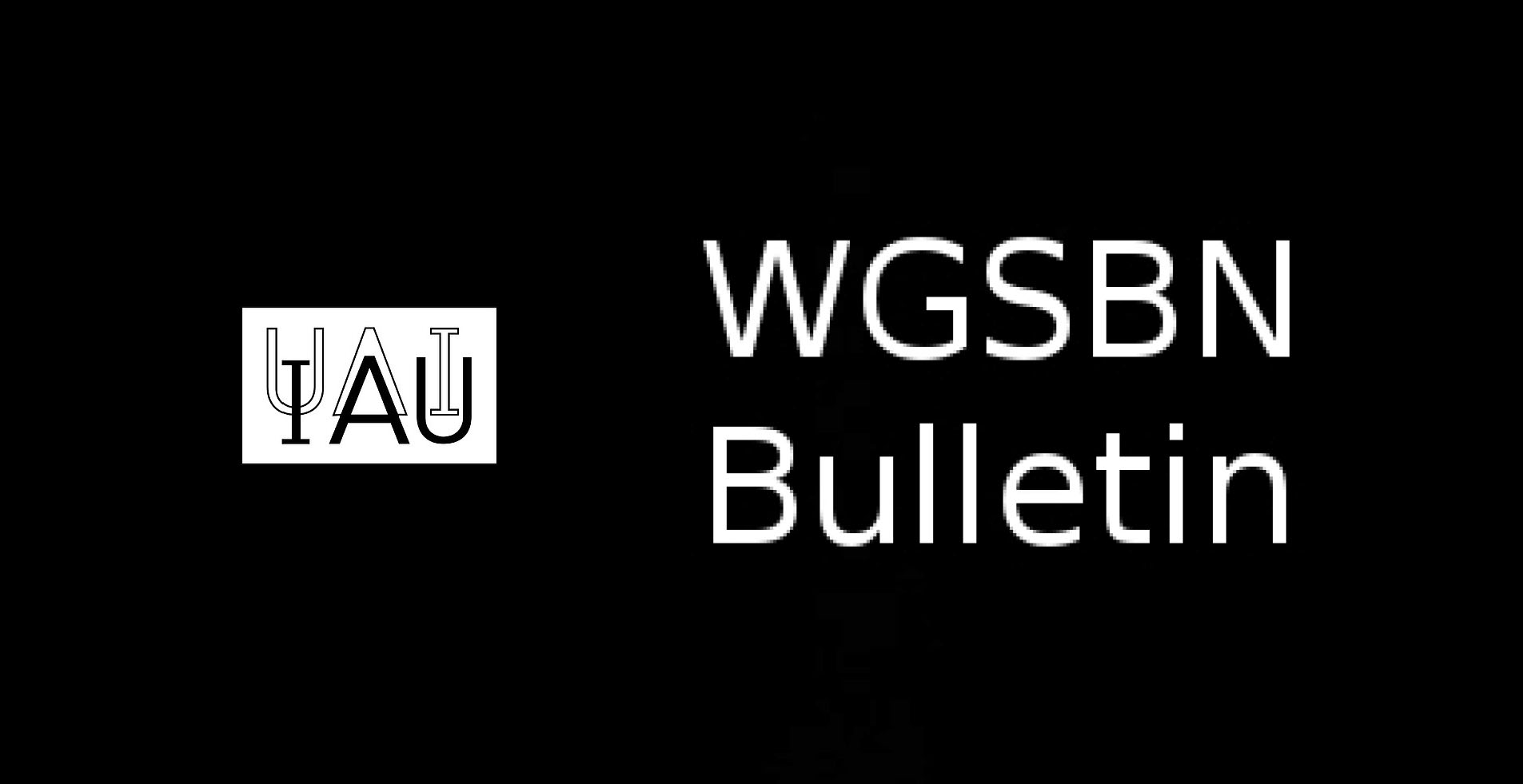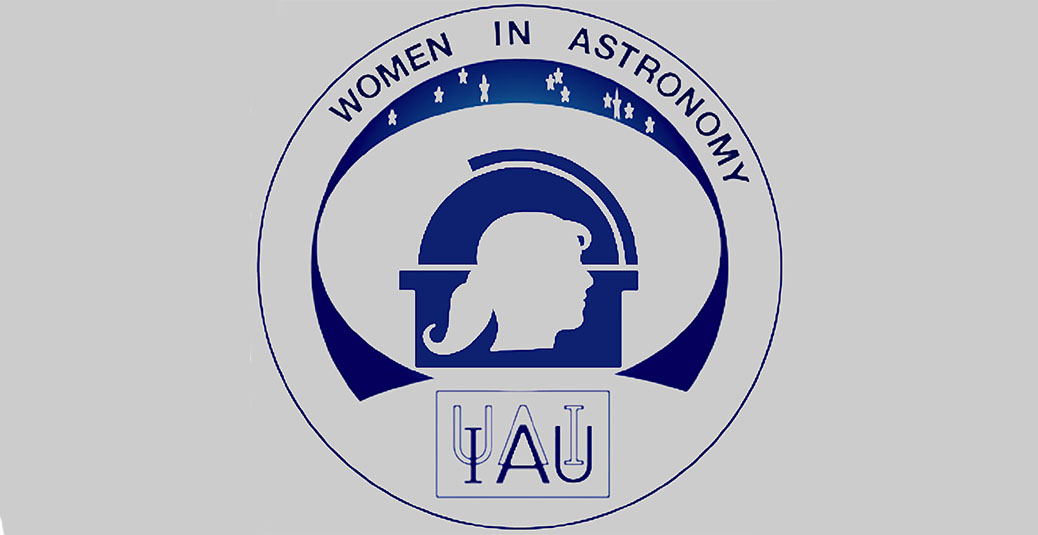- News
- Science
- Scientific Bodies
- Divisions
- Commissions
- Commission A1 Structure
- Commission A2 Structure
- Commission A3 Structure
- Commission A4 Structure
- Commission B1 Structure
- Commission B2 Structure
- Commission B3 Structure
- Commission B4 Structure
- Commission B5 Structure
- Commission B6 Structure
- Commission B7 Structure
- Commission C1 Structure
- Commission C2 Structure
- Commission C3 Structure
- Commission C4 Structure
- Commission C5 Structure
- Commission D1 Structure
- Commission E1 Structure
- Commission E2 Structure
- Commission E3 Structure
- Commission E4 Structure
- Commission F1 Structure
- Commission F2 Structure
- Commission F3 Structure
- Commission F4 Structure
- Commission G1 Structure
- Commission G2 Structure
- Commission G3 Structure
- Commission G4 Structure
- Commission G5 Structure
- Commission H1 Structure
- Commission H2 Structure
- Commission H3 Structure
- Commission H4 Structure
- Commission J1 Structure
- Commission J2 Structure
- Commission J3 Structure
- Commission X1 Structure
- Commission X2 Structure
- Past Commission Organising Committees
- Working Groups
- Centres
- Scientific Meetings
- Rules & Guidelines
- General Assemblies
- Meeting Proposals
- Future IAU Meetings
- General Assemblies
- EC Meetings
- Officers' Meetings
- Regional Meetings
- Symposia
- Focus Meetings
- Institutional Meetings
- IAU Offices Meetings
- IAU-Sponsored Meetings
- Letters of Intent submitted for 2024
- Letters of Intent submitted for 2023
- Letters of Intent submitted for 2022
- Letters of Intent submitted for 2021
- Letters of Intent submitted for 2020
- Past IAU Meetings
- Templates
- Other Meetings
- Grants & Prizes
- Scientific Bodies
- Publications
- IAU Publications
- IAU Strategic Plan
- Symposia
- WGSBN Bulletins
- Regional Meetings
- Information Bulletins/Catalyst
- E-Newsletters
- Focus Meetings
- Transactions A
- Transactions B
- Related Publications
- GA Newspapers
- CAPjournal
- IAU Books
- Brochures
- IAU Offices
- WG Reports
- Commission Reports
- Division Reports
- Past IAU Publications
- Rules, Guidelines and Instructions for Proceedings
- Publishers
- IAU Publications
- Administration
- About the IAU
- Statutes & Rules
- IAU Policies
- IAU Executive Bodies
- IAU Secretariat
- Resolutions
- Members Administration
- Administrative Dates & Deadlines
- International Organisations Relations
- Donate to the IAU
- Training in Astronomy
- Astronomy for Education
- Astronomy for Development
- Astronomy for the Public
- Office for Astronomy Outreach
- FAQ
- Themes
- Satellite Constellations
- Astronomy in Everyday Life
- How to Report a Discovery
- Careers in Astronomy
- Defining our Place in the Cosmos
- The Constellations
- Light Pollution
- Measuring the Universe
- Near Earth Objects
- How to Participate in Astronomy Research
- Naming of Astronomical Objects
- Naming of Exoplanets
- Buying Star Names
- Naming Stars
- Pluto and the Solar System
- IAU Member Statistics
- Our Moon: the Moon
- Meteors & Meteorites: The IAU Definitions of Meteor Terms
- UNESCO-IAU Portal to the Heritage of Astronomy
- Social Media
- Past Events
- Call for Online Resources
- Astronomy@Home Awards
- Contact
IAU Symposia
IAUS 323: Planetary Nebulae: Multi-Wavelength Probes of Stellar and Galactic Evolution
Start date/time
October 10, 2016
End date/time
October 14, 2016
Place
Beijing,
China, Nanjing
Contact
Letizia Stanghellini
lstanghellini@noao.edu
Event website
http://iaus323.pku.edu.cn/iaus323/
Coordinating Division
Division H Interstellar Matter and Local Universe
| Co-Chairs of SOC: | Letizia Stanghellini (National Optical Astronomy Observatory) |
| Xiaowei Liu (Peking University Kavli Institute for Astronomy and Astrophysics) | |
| Amanda Karakas (ANU Research School of Astronomy & Astrophys Mount Stromlo Observatory ) | |
| Chair of LOC: | Xiaowei Liu (Peking University Kavli Institute for Astronomy and Astrophysics) |
Topics
- New challenges to surveys of planetary nebulae (PNe) in the Local Group
- PNe as a versatile laboratory of dust and molecular studies
- From the asymptotic giant branch to the white dwarf stellar phases
- The connection between binary evolution and the PN phenomena
- Planets around evolved stars and their impact on PN formation
- PNe in nearby galaxies: probing chemical evolution and galactic dynamics
- PNe outside of the local group: Challenges to observing and interpret distant PNe
Rationale
The planetary nebula (PN) community has had a history of very successful IAU symposia, beginning in 1967 with IAU Symp. 34 held in Tatranska Lomnica (Czechoslovakia), followed in 1977 by IAU Symp. 76 in Ithaca, NY (USA), IAU Symp. 103 in London (England) in 1982, IAU Symp. 131 in Mexico City (Mexico) in 1987, IAU Symp. 155 in Innsbruck (Austria) in 1992, IAU Symp. 180 in Groningen (Holland) in 1996, IAU Symp. 209 in Canberra (Australia) in 2001, IAU Symp. 234 in Hawaii (USA) in 2006, and IAU Symp. 283 in Puerto de la Cruz (Spain) in 2011.
The IAU PN working group (the WG) had met in Riviera Maya (Mexico) in October 2013, during the "Asymmetric Planetary Nebulae VI" meeting, and decided that the time is mature to propose an IAU PN Symposium to be held in 2016, thus preserving the recent cadence of IAU PN Symposia. The WG considered three valid host offers for the next Symposium, and have selected the proposal by WG member Prof. Xiaowei Liu to hold the next IAU PN Symposium in Beijing (China). The Symposium will be co-sponsored by the Kavli Institute for Astronomy and Astrophysics (KIAA) of Peking University (PKU), and the Department of Astronomy (DoA) of PKU. The WG Chair has received a letter of support from Dr. Liu, Acting Director of the KIAA of PKU and a Chair Professor of Astronomy of the DoA of PKU, showing that reasonable support and funding will be available should a Symposium be approved by the IAU. This will be the first PN Symposium ever held in China, and the first IAU PN Symposium in Asia as well. Xiaowei Liu, a PN researcher and WG member, will co-chair the Symposium with Letizia Stanghellini (WG Chair) and Amanda Karakas (WG member). Together the three Chairs will cover major areas of stellar evolution and theoretical modeling, PN observations, and extragalactic PNe. The remaining of the WG will be part of the SOC to support all areas of the PN field. Xiaowei Liu will be in charge of the LOC as well.
The research field of PNe has been very active since the last Symposium, with more than 600 well-cited publications in the field. The observational papers cover a variety of topics, from space-based multi-wavelength surveys, to the study of rare molecules such as fullerene in PNe, to the use of modern technology such as adaptive optics to refine our knowledge on PN morphology, to extragalactic PNe studied both as chemical evolution probes and dynamical test particles. The observational landscape will be changing dramatically in the near future, and we believe that the proposed PN Symposium should include a perspective of how the future capabilities will advance the field of PN and related objects. We plan discussions on new results of current cutting edge facilities (e.g., ALMA, GAIA) and also on the foreseen advances of PN research in the observational landscape of the 2020s, which will be populated by JWST, and the ELTs. PNe are tightly connected both with their progenitors (AGB stars) and with their progeny (white dwarfs and the ISM). It is thus worth emphasizing these links in a broad sense. The time-domain aspect of stellar and nebular evolution will also be discussed prominently in the next Symposium. Planetary nebulae and related objects can experience considerable changes over months to years. These transients, likely at the heart of the PN phenomenon, will be monitored in numbers with new facilities such as the LSST.
From a theoretical perspective, many exciting results have surfaced in recent years including models of the evolution of dusty AGB stars, the interactions between dusty, slow AGB winds and a companion, and the modeling of the interaction between the interstellar medium and the AGB/PN expansion. These models are vital for the interpretation of observations in the infrared, mm/sub-mm, and radio wavelengths using new and future facilities. Models that include the contrast between the interstellar medium and the PN expansion are also advancing, as are stellar evolution models of an evolved companion such as a red giant or AGB star and a planetary companion. Furthermore, it has become apparent that understanding the uncertain theoretical details of binary evolution is crucial to interpret the diversity of planetary nebulae. There has been much recent work on models of population synthesis studying the numbers of expected planetary nebulae from binary interactions, and the predicted composition of the nebulae.
Since PN are probes of stellar evolution and populations in galaxies and in the intergalactic medium, the proposed Symposium will interest Galactic and extragalactic scientists alike. While the Symposium will focus on PNe, several of the lectures will be of great interest to the broader community researching the interstellar medium, star formation, stellar evolution, galactic chemical evolution, and galactic dynamics. The proposed topics have been selected to include the changes in the field in the past five years, and a future perspective of PN research.
